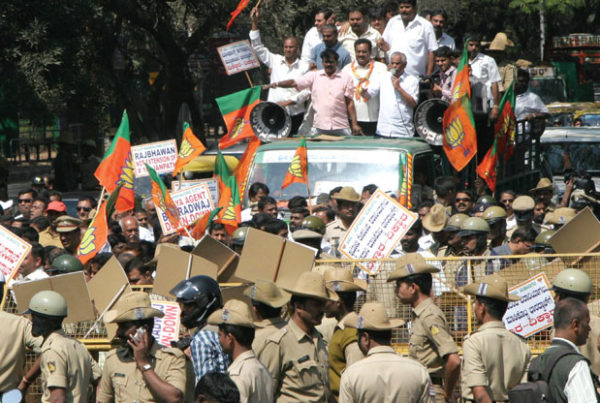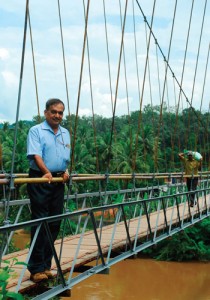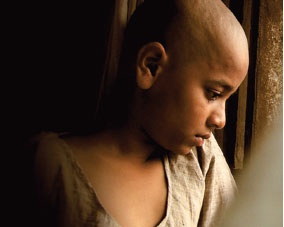In the doc: A column on documentaries
Film: Cowboys in India
Director: Simon Chambers
THE FIRST voice you hear in Simon Chambers’ film, Cowboys in India, is his own. His remark to the people he is filming, about wrapping up the shot and moving on, is made in passing, even as he (Chambers is the cameraman) walks with the camera. We get a distinct feeling of having walked in on a conversation — a feeling that stays with us right through the 79-minute film as Chambers journeys through Orissa’s tribal belt. He talks aloud, at times to no one in particular, and at times to the people he is filming. The conversation is natural and unaffected; even when he steps into a narrator’s voice to talk with the audience.
Chambers’ stated mission in the film is to investigate the corporate social responsibility (CSR) programmes of Vedanta, a British mining company that wants to extract bauxite and produce alumina in Orissa. Vedanta promises to “pioneer new ways of eradicating poverty and bring prosperity to the area”, with officials claiming that the company has set up child care centres and hospitals in the area. Thwarted by the company officials in London, Chambers travels to Orissa seeking evidence of these. When he lands in Orissa and meets with his local guides, Satya and Doya, the film jumps a level. His interactions with the guides and with the people he encounters enters centrestage — and the metaphor of cowboys plays itself out. He asks himself that question — is he (Chambers) the cowboy riding in from afar to understand the problems of the “natives”? Are they — Satya and Doya — more realistically the cowboys helping him find his way through the terrain?

Photo : Simon Chambers
The charm in Chambers’ films lies in his ability to treat the documentary — even on grave issues — as an extension of conversations. A narrative style that continues from his earlier film, Every Good Marriage Begins With Tears. Shots that most filmmakers would have edited out of the film (in Cowboys in India, Satya’s attempts to frame Chambers and his own instructions to pan down from the hills to his face, find a place) add that necessary comic relief.
Chambers’ film winds down to an unsurprising conclusion, excusable since the journey has been promising. Not a film that will have the crowds marching out of the auditoriums with a slogan on their lips. But that is not the only requirement a documentary film has.
—
This article was originally published in Tehelka, a leading independent news magazine in India, known for its investigative journalism.


